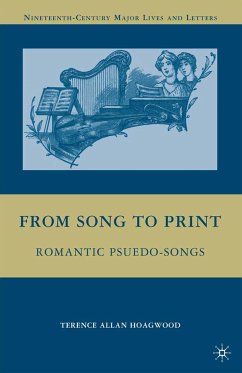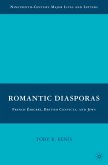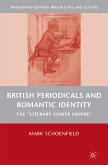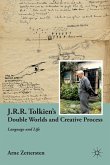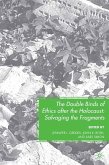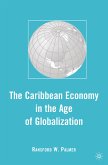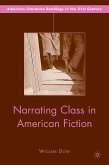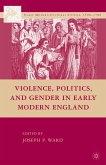Dieser Download kann aus rechtlichen Gründen nur mit Rechnungsadresse in A, B, BG, CY, CZ, D, DK, EW, E, FIN, F, GR, HR, H, IRL, I, LT, L, LR, M, NL, PL, P, R, S, SLO, SK ausgeliefert werden.
"Hoagwood sweeps magisterially through British Romanticism, fixing our attention on poetic simulations, what he calls pseudo-songs, identifying their common features as well as marks of their historical progression, while never allowing us to forget that these poems preserve within the art of their contradictions the power of revelation. Sir Walter Scott, Lady Morgan, Thomas Moore, Lord Byron, Letitia Landon - each of these poets represents an alternative Romanticism curling back upon itself, critiquing its own practices . . .If these poets have all mastered the art of contradiction, they practice it with the companion skill of diplomacy - a skill that Hoagwood himself displays, abundantly." - Joseph Wittreich, Distinguished Professor of English, The Graduate Center of The City University of New York
"Hoagwood s insightful readings of Romantic-period songs by Walter Scott, Sydney Owenson Morgan, Thomas Moore, Lord Byron, and Letitia Elizabeth Landon brilliantly delineate what we have always known about Romantic lyrics labeled songs - that they really are not songs at all but a complex, hybrid, multi-media print form without the music that we associate with songs.From Song to Print unpacks the layers of these writers poems about making poems and about the political and ideological underpinnings tucked within these songs. Hoagwood elegantly considers the production history and market-driven strategies that inform the Romantic obsession with project such as pseudo-songs ripe with contradictions, illusions, and absences as their primary features. From Song to Print teaches us how to read again these perplexing Romantic pieces to which we valiantly, and perhaps vainly, assign prescriptive meanings as well as helps us to see the prevailing and powerful place that pseudo-songs occupied in Romantic-period poetry.This expertly researched and engaging study is bound to have us singing a different tune when it comes to our understandings, teachings, and writings about Romantic songs." - Marjean D. Purinton, Professor of English and Associate Dean, University Honors College, Texas Tech University
"From Song to Print brilliantly examines the impact of developments in the print trades on writing during the British Romantic period . . .wide-ranging and filled with wonderful theoretical insights and historical information that will force scholars of Romanticism to re-think, more carefully, the relations between songs and poetry." - Daniel P. Watkins, Duquesne University

